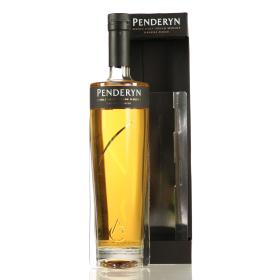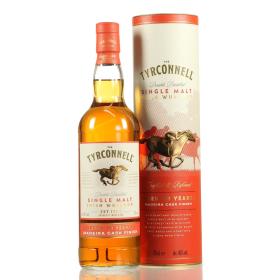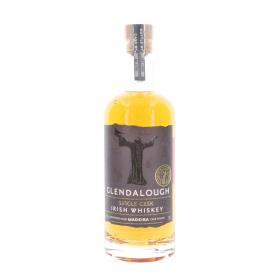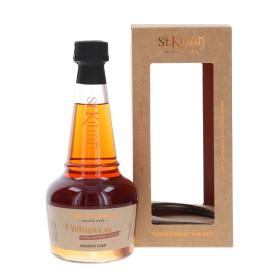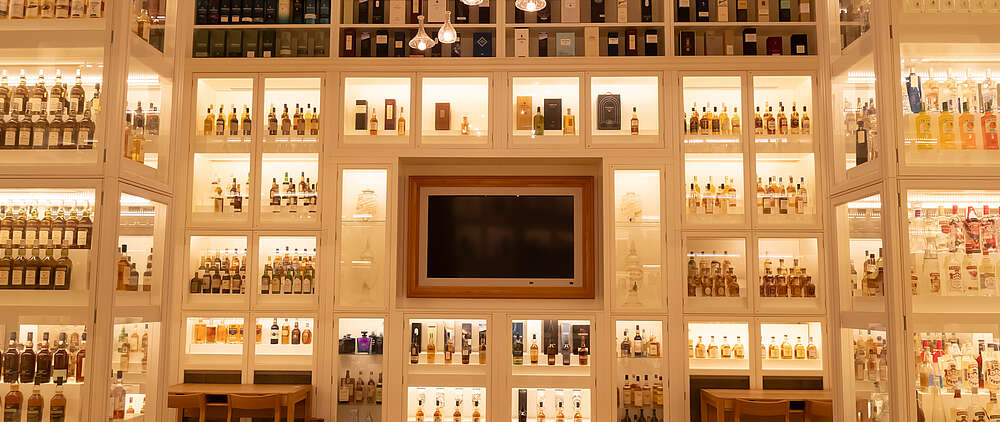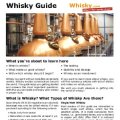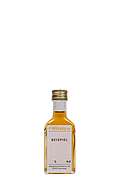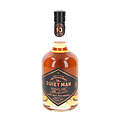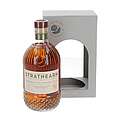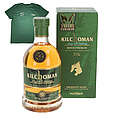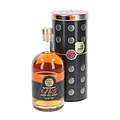Origin
Madeira, a Portuguese fortified wine, comes from the island of the same name located off the coast of Africa in the Atlantic Ocean, and its origins date back to the 15th century. Madeira played a major role in the development of the barrel-ageing process. Its remote location made it perfect as a port for ships sailing to the colonies. Many of the large "pipe" barrels were loaded here and then shipped to the Americas. The producers of fortified wine soon discovered that the heat and climate had a great effect on the wine in the barrels. This had an enormous impact on today's production process.
Production and post-treatment
The crushed and pressed grapes are often fermented together with their own skins. The fermentation process is not precisely defined by law, so the industry can use both stainless steel tanks and traditional wooden tanks.
The Malvasia grape is grown almost exclusively for Madeira production. It is very sweet and provides the special taste of Madeira.
The Estufagem barrel ageing (not a typo...)
This production process is what makes Madeira Wine so special. It is a special heat and humidity treatment designed to simulate the climate during the voyage of the Madeira barrels on the ships of the 15th century. Both stainless steel tanks and oak barrels are used for ageing, and the law requires that the wine be kept at 55°C for at least 90 days. Through this heat treatment, the wine undergoes many reductive and oxidative phases and acquires its typical colour. After this ageing process, the alcohol content is raised by adding brandy.
Effect on the taste
Whiskies matured in Madeira casks usually pick up the spice and fruitiness of the wine remaining in the staves. The effect on the taste also depends very much on the type of Madeira previously contained. However, because of the estufagem method, you will always find spice and sweetness, even in dry Madeiras.


